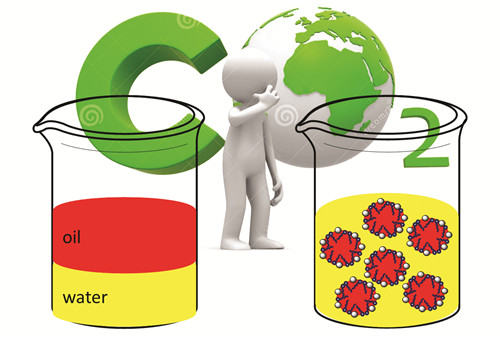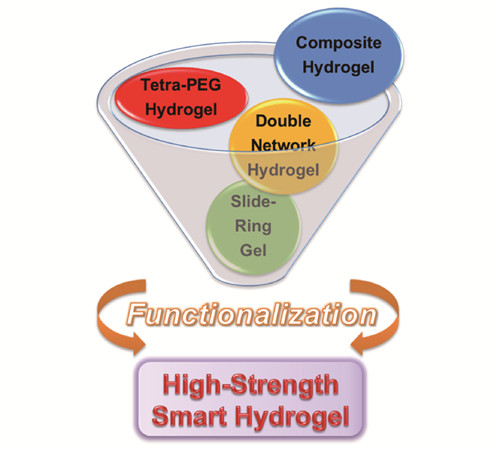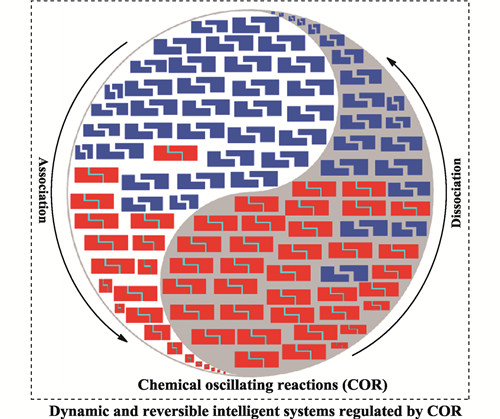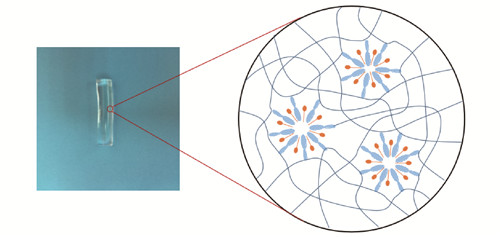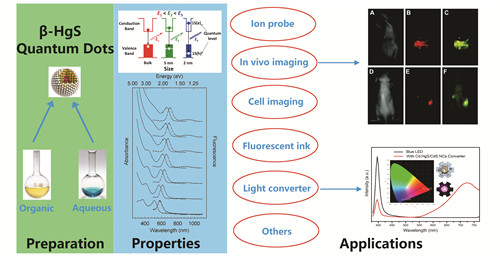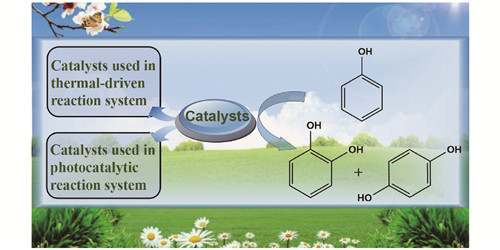Na Niu, Zhiying Li, Tingting Gao, Yudong Liu, Xiaoli Liu, Fengqi Liu*. Hydrophobic Association Hydrogel[J]. Progress in Chemistry, 2017, 29(7): 757-765.
Abstract
Hydrophobic association hydrogels (HA-gels) have physical crosslinking networks, which are generated via hydrophobic association. The synthesis methods, structure optimization, property modulation and applications of HA-gels are becoming hot topics in gel materials. This is because HA-gels have many merits such as high mechanical strength, self healing, secondary processing and so on compared with chemical crosslinking hydrogels. In addition, as network crosslinking points, hydrophobic association domains contain dynamic and reversible association-dissociation balance (RADB). It is worth mentioning that, RADB is not only the highlight of HA-gels, but also the hitting-point and the key of network construct, mechanism study and performance improvement. With advantages of high sensitivity, smart response and biocompatibility, HA-gels have shown promising applications in a lot of fields, including smart materials, biology, medicine, and so on. Therefore, in the review, we begin with structure composition of HA-gels, introduce different structure and synthesis methods of them, and then summarize the cause and mechanism of the differences in properties. At last, the present research status is concluded and the application prospect of HA-gels is outlooked as well.
Contents
1 Introduction
2 Structural composition
2.1 Block hydrophobic association hydrogels
2.2 Coiled-coil peptides hydrophobic association hydrogels
3 Synthesis methods
3.1 Free radical polymerization
3.2 Chemical modification on matrix
4 Performance evaluation
4.1 Mechanical property
4.2 Swelling behavior
4.3 Self healing property
5 Promising applications
5.1 Biology and medicine
5.2 Smart materials
5.3 Oilfield exploitation
6 Conclusion and outlook









